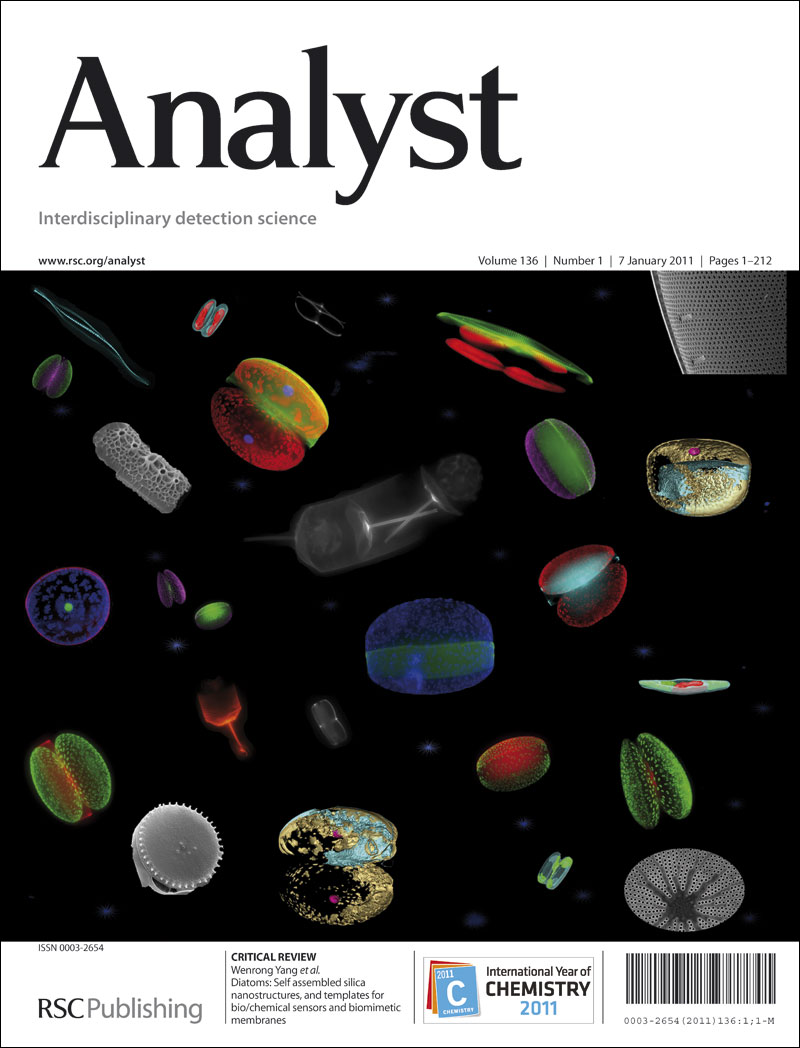A multi-modal mass spectrometry approach for the detection and mapping of date rape drugs in fingermarks
IF 3.6
3区 化学
Q2 CHEMISTRY, ANALYTICAL
引用次数: 0
Abstract
Although drug facilitated sexual assault (DFSA) is an old issue, current statistics on the frequency of this crime have led to growing concerns. As these drugs are metabolised very quickly, toxicological evidence from biological fluids, corroborating the victim's statement, is challenging to recover, especially with late reports. We are proposing an additional method involving the analysis of the victim's fingermarks recovered at the scene(s) of the crime, which may contain the parent drug and its metabolite. As a case study, a multi-modal mass spectrometry-based approach has been developed and explored to detect and image both risperidone and its pharmacologically active metabolite, paliperidone, after contamination of a fingertip at very low concentrations and deposition of a fingerprint on a surface. In particular Matrix Assisted Laser Desorption Ionisation Mass Spectrometry Imaging (MALDI MSI), Desorption Electrospray Ionisation Mass Spectrometry Imaging (DESI MSI) and Soft Ionisation by Chemical Reaction In Transfer, (SICRIT®) have been used in different combinations to both detect the drugs and reconstruct the fingerprint ridge pattern; this approach enables the simultaneous provision of both chemical information (circumstances surrounding the crime) and biometric information. A forensic operational scenario has also been simulated whereby the contaminated fingerprint is deposited on paper and enhanced with a routine fingerprint enhancement technique prior to analysis via mass spectrometry imaging. Overall, our investigation indicates that this additional approach is feasible and is worth exploring further.

多模态质谱法在手印中检测和定位枣奸药
虽然毒品助长性侵犯(DFSA)是一个老问题,但目前关于这种犯罪频率的统计数据已引起越来越多的关注。由于这些药物代谢非常快,来自生物体液的毒理学证据,证实了受害者的陈述,很难恢复,特别是在最近的报告中。我们正在提议另一种方法,包括分析在犯罪现场发现的受害者的手印,这些手印可能含有母体药物及其代谢物。作为一个案例研究,一种基于多模态质谱的方法已经被开发和探索,以检测和成像利培酮及其药理活性代谢物帕利培酮,在极低浓度的指尖污染和指纹沉积在表面后。特别是基质辅助激光解吸电离质谱成像(MALDI MSI),解吸电喷雾电离质谱成像(DESI MSI)和化学反应转移软电离(SICRIT®)已以不同的组合用于检测药物和重建指纹脊图;这种方法可以同时提供化学信息(犯罪环境)和生物特征信息。还模拟了一个法医操作场景,即将受污染的指纹沉积在纸上,并用常规指纹增强技术进行增强,然后通过质谱成像进行分析。总的来说,我们的研究表明,这种额外的方法是可行的,值得进一步探索。
本文章由计算机程序翻译,如有差异,请以英文原文为准。
求助全文
约1分钟内获得全文
求助全文
来源期刊

Analyst
化学-分析化学
CiteScore
7.80
自引率
4.80%
发文量
636
审稿时长
1.9 months
期刊介绍:
"Analyst" journal is the home of premier fundamental discoveries, inventions and applications in the analytical and bioanalytical sciences.
 求助内容:
求助内容: 应助结果提醒方式:
应助结果提醒方式:


